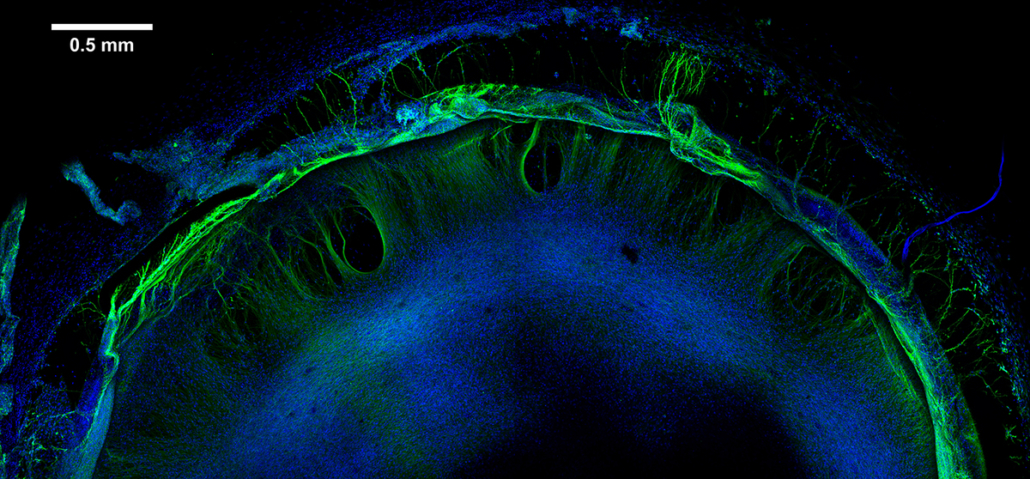
Germany lagging behind in stem cell research
A new analysis comparing the amount of funding invested into stem cell research clearly demonstrates declining investment in Germany. In contrast, the US, the UK, Sweden and Japan have increased their investments into the future field.
According to a White Paper from experts of the German Stem Cell Network (GSCN), investments into stem cell research in Germany initially increased from €58.8m in 2009 to €71.3m in 2011 but then permanently decreased to €54.9m by 2014. In contrast, the UK government almost doubled the amount of money into stem cell research from €82.4m in the fiscal year 2010/11 to €169.2m in 2014/15. Whilst investments of the Japanese funding bodies remained constant (€65.1m) from 2009-2012, they rose to €91.2m in 2014 due to the new focus of government investment into applications of induced pluripotent cells (iPSCs).
Most funding, however, is available in the US: the NIH has increased its annual budget for stem cell research from €1,070m in 2011 to €1.400m in 2015. However, funding of the state of New York and the Californian CIRM added €40.5m and €270m annually from 2011-2015 to that amount, respectively.
The GSCN said that Germany ranked last in funding with €0.68/citizen behind Japan (0.72), Sweden (1.02), the UK (2.62), and the US (4.36). The European Federation of Pharmaceutical Industry Associations (EFPIA) and the European Commission have put a focus on creating stem cell resources for secondary drug screening within the Innovative Medicines Initiative. They underline the need for improved funding to exploit the potential of stem cells in drug screening and regenerative medicine.


 NOD-Proteindesign.Andreas Heddergott/TUM.jpg
NOD-Proteindesign.Andreas Heddergott/TUM.jpg Certest
Certest Consilium
Consilium